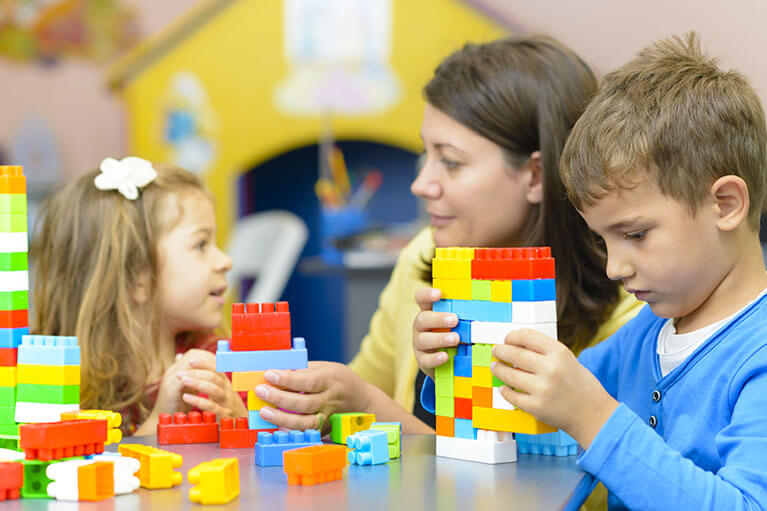The Power of Positive Reinforcement in Early Childhood

When it comes to influencing the behaviour of young children, few strategies are as effective as favourable reinforcement. Based on the principles of behavioural psychology, positive reinforcement encourages desirable behaviours by providing rewards, praise, or incentives. Unlike punishment, which can create fear or resentment,
positive reinforcement fosters confidence, self-regulation, and a love of learning .
What Is Positive Reinforcement ?
Positive reinforcement occurs when a child receives a reward following a desired behavior, making it more likely that the behaviour will be repeated. This reward can take many forms, including verbal praise (“Great job putting away your toys!”), tangible rewards (stickers, treats), or privileges (extra playtime, choosing a favourite activity).
Why Does It Work ?
Children thrive on encouragement. The early years are a critical time for brain development, and experiences that bring positive emotions strengthen neural pathways associated with learning and social interactions. When children associate good behavior with positive outcomes, they become intrinsically motivated to make good choices.
Moreover, positive reinforcement helps create a nurturing environment where children feel safe to explore, make mistakes, and try again. This builds resilience, a key factor in emotional and cognitive development.
How to Use Positive Reinforcement Effectively
While positive reinforcement is a powerful tool, it’s most effective when used correctly. Here are some best practices:
- Be Immediate and Specific – Reinforce the behavior right away and be clear about what the child did well. Instead of saying, “Good job!” try, “I love how you shared your toys with your friend!”
- Use a Variety of Reinforcers – Not all children respond the same way to rewards. Some may love praise, while others prefer a small treat or a hug. Rotate reinforcers to keep motivation high.
- Encourage Intrinsic Motivation – Over time, shift from external rewards (stickers, toys) to internal rewards (pride, accomplishment). For instance, ask, “How does it feel to help your friend?” to help them connect actions with positive feelings.
- Keep It Consistent but Flexible – Reinforce behaviours consistently and adjust based on individual needs. Too much reinforcement can make rewards lose their impact, while too little might not be effective.
- Pair with Modeling and Guidance – Children learn by watching adults. Demonstrate kindness, patience, and respect, and reinforce behaviours that align with those values.
Examples of Positive Reinforcement in Action
- A toddler who puts away toys receives a high-five and a cheerful “Thank you for cleaning up!”
- A preschooler who uses polite words gets to choose the bedtime story.
- A child who waits patiently in line gets a sticker on a reward chart.
Final Thoughts!
Positive reinforcement is more than just a behavioural tool—it’s a way to foster a lifelong love of learning, cooperation, and self-confidence in children. When applied thoughtfully, it helps young
minds develop the social and emotional skills they need to navigate the world successfully. Focusing on strengths and reinforcing positive actions, we set children up for success in school, relationships, and beyond.